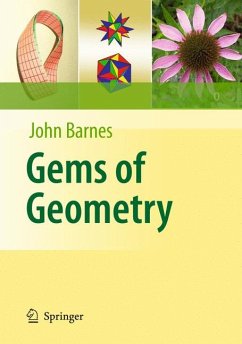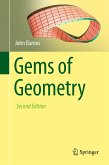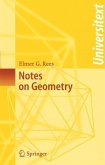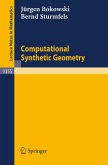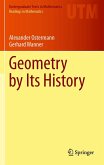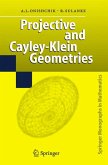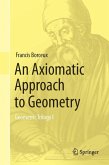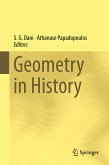Aimed at a general readership, and requiring only a basic understanding of mathematics, the text uses examples such as soap bubbles to make accessible complex subjects such as Chaos and Fractals, Steiner's porism and Soddy's Hexlet. It includes a wealth of the author's own diagrams and illustrations, of which several are in stereo. As well as material based on the lectures themselves, including sets of exercises, the book features a number of appendices that cover related topics and provide further reading and information.
Equally ideal as an educational gift for a youngster or as a nostalgic journey back into the world of mathematics for older readers, John Barnes' book is the perfect antidote for anyone whose maths lessons at school are a source of painful memories. Where once geometry was a source of confusion and frustration, Barnes brings enlightenment and entertainment.
Dieser Download kann aus rechtlichen Gründen nur mit Rechnungsadresse in A, B, BG, CY, CZ, D, DK, EW, E, FIN, F, GR, HR, H, IRL, I, LT, L, LR, M, NL, PL, P, R, S, SLO, SK ausgeliefert werden.
Hinweis: Dieser Artikel kann nur an eine deutsche Lieferadresse ausgeliefert werden.

